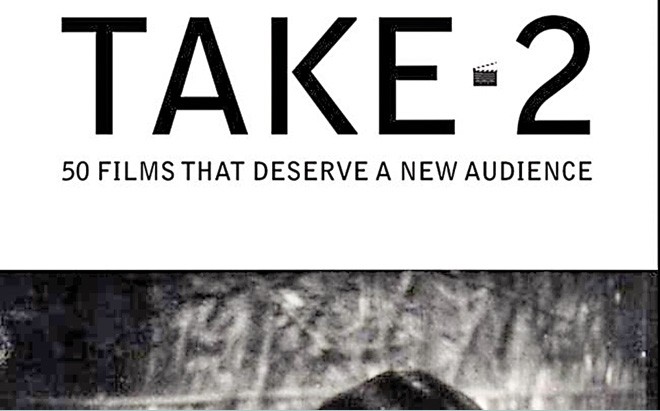
Deepa Gahlot’s Take 2: 50 Films sheds a light on forgotten heroes of cinema

Hindi film industry, colloquially known as Bollywood, has been around for over 100 years but little do people know that the what the entertainment industry has accomplished today is because of intellectuals and individuals who are now lost and forgotten. These filmmakers entered showbiz at a time when even watching films was considered a taboo.
Deepa Gahlot’s Take 2: 50 Films therefore makes for an important read. It takes the audience, both familiar and unfamiliar, and introduces them to these forgotten names. A trip down memory lane that allows you to meet those whose work ignited the flames of filmmaking in the region.
This book contains lesser-known facts that will appeal to cinema aficionados. It provides trivia to the readers and one must go through it if interested in Hindi cinema’s origin story.
To watch, analyze and then compile a list of films going back to the thirties and all the way to the eighties is a painstaking job but for a person who loves films, it is just another day in paradise. You can find behind the scenes information on lost films like Dushman (1939), Patita (1954), Bandish (1955), Amrapali (1966) and New Delhi Times (1986) which are as valid today as they were when first released.
The author writes in the introduction that the film carries notes on several films that may or not be known to the audience of cinema today. She admits that the films mentioned in the book are masterpieces. Gahlot successfully manages to include accurate, previously unknown information about every film, which adds to one’s knowledge of cinema. As a reader, you learn interesting facts about your favourite actors as well as technicians. This is information that is not easily found and the author must be commended for her extensive research.
Deepa Gahlot does the hard work for you and analyzes all departments of filmmaking such as scripts, music, direction and acting - and she compares it to modern cinema and how these films might fare if viewed today.
So, if the names Himanshu Rai and Devika Rani seem alien to you or if you thought that Durga Khote was never young or that Ashok Kumar would have looked creepy as a leading man, think again.
These are people who have earned iconic status in Bollywood and without whom the industry would be incomplete.
This book doesn’t just list their achievements but also their shortcomings and downfall, those who experienced it.
Thanks to Take 2, these people now get a resurrection of sorts since most of the readers, upon reading this book, will try find more information about these individuals and the ones who feel a wave of nostalgic might even dig out these films and watch them.
Salient facts from the book
= Most people know that Dev Anand made his debut in 1946 but they don’t know that film actor Rehman also made his debut through Hum Ek Hain that inspired Manmohan Desai’s Amar, Akbar, Anthony.
= Actress Madhubala played a vivacious girl in Gateway of India (1957) at a time when the heroine was labeled a damsel in distress.
= The role of Tomato in Bandish (1955) was played by Daisy Irani who later became known as a character actor.
= The credit for introducing playback singing to Bollywood goes to Pankaj Mullick.
= Swarn Lata started her career in United India and later moved to Pakistan.
= Before becoming a leading man, Prithviraj Kapoor used to play side roles in the thirties.
= K.L. Saigal was a typewriter salesman before he tried his hand at singing.
= Sai Paranjpye made a film about villagers’ plight in the nineties, after attaining success with arty comedy Chashme Baddor years ago.
= The first double role by a major actor was done in Muqabla (1942) when Nanabhai Bhatt (founder of the Bhatt clan) ensured that audience was kept on their toes in the tale of two Nadias.
= Shakti Samanta’s China Town (1961) provided the base for later year hits including Kallicharan and Don to name a few.